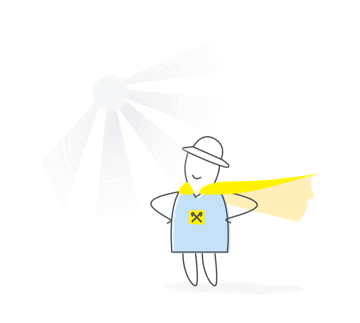The future is now: what innovations should we expect in the agro-industrial complex in 2019?
Agriculture in the foreseeable future will not be the same as we imagined. Many innovative solutions will soon be released in the mass market.
At the most recent recent large-scale agrifood exhibition in Berlin as part of Green Week, German Chancellor Angela Merkel set the course for agricultural development in the near future.
According to her, the main task for agriculture today is to feed the world's growing population, and the main tool in this task is to digitize the entire industry. This means that, in one way or another, new technologies will be introduced in the agro-industrial complex, which can increase productivity and improve the quality of food. According to not only Mrs. Merkel, but also the leading agroanalytics, in the near future many new products and smart solutions will enter the market.
Genetics and DNA Replacement
As agriculture will have to adapt to climate change in the future, the plants themselves will have to adapt. In 2019, synthetic biology will rapidly develop, designed to increase the resistance and yield of plants at the molecular level, as well as reduce production costs. According to the USDA, the bio-industry will be estimated at $ 100 billion by 2020. The technology will allow changing the organism's genome by cutting out or replacing certain parts of the genetic sequence of the DNA chain.
Precision Farming
Next year, the introduction of elements of precision farming among small and medium-sized businesses in the agro-industrial complex will increase by 15%. The agrotechnology market by 2024 will be estimated already at $ 45.4 billion precisely due to expansion into the middle segment. Farmers increasingly see the feasibility of installing sensors in the fields to accurately calculate data and yield. In addition, the latest systems of precision farming and the services of companies for their implementation are plummeting in price and are no longer something costly.
Weather control
Weather for farmers, by the way, will also cease to be a key barrier. Yes, the weather can now be predicted. Thanks to small aircraft overflights and high-precision satellite imagery, you can generate a weather forecast of up to 90% for the next 48 hours. This will help farmers plan their field work in advance or even save the harvest.
Urbanization and Vertical Farms
Now, in order to engage in agriculture, it is not necessary to live in the suburbs. “Office” greenhouses and vertical farms right in the middle of big cities are gaining more and more popularity. A big advantage here is a huge savings in space. Moreover, such systems produce 10% more yield, in contrast to the classical cultivation.
Drones
Due to climate change in the world, there is the problem of the extinction of pollinating bees. This, in turn, will directly affect yields. An alternative to bees, which scientists recently suggested to farmers, is pollination by robots. The process of pollination occurs by spraying drones of small sizes. So far, the technology is being tested at the startup stage, but it may soon become widespread.
Exact data
Paper maps of fields with a history of crop rotation can also be thrown away. Big Data comes to replace it - a collection of all the data collected from the fields in various ways. This is the presence of moisture in the soil, the balance of mineral substances, the phases of plant development, the presence / absence of insects or plant diseases. All this data with high accuracy and speed handles artificial intelligence (AI), which is using algorithms to calculate the problem areas in the fields.
Complete data protection
All this data must also be protected. In the agrarian and industrial complex, Blockchain technology is already used, when data is lined up in a chain of blocks that are stored simultaneously on different media. You can use Blockchain to manage resources, for example, to track equipment maintenance records or to track other sensors and equipment.
Full use of resources
In the future, farming will save all natural resources to the maximum. New technologies, especially the greenhouse business, make it possible to close the production cycle, process by-products, save energy and heat, and even use rainwater for irrigation.















